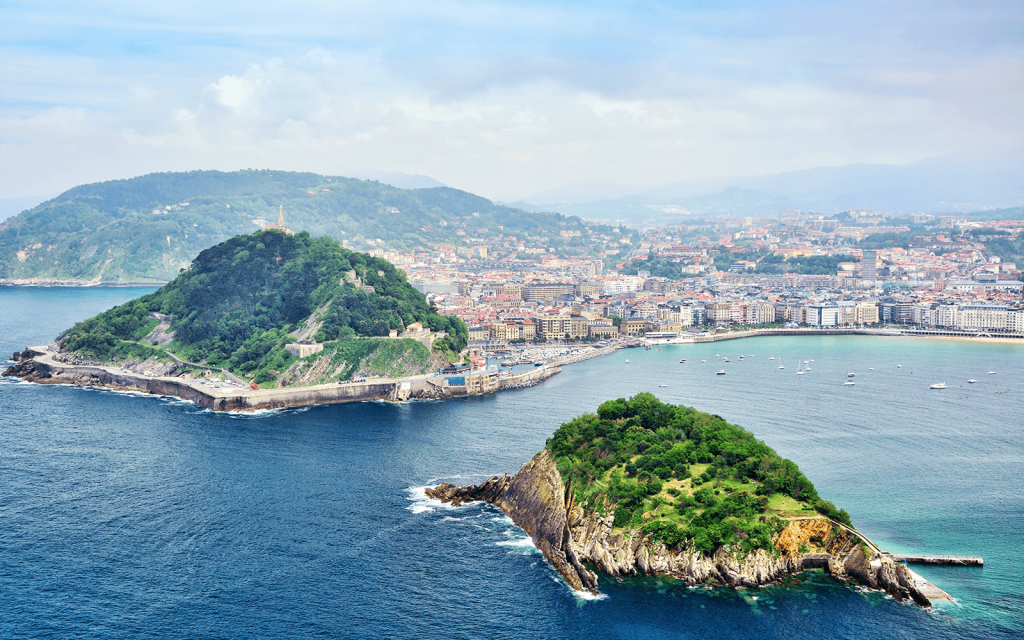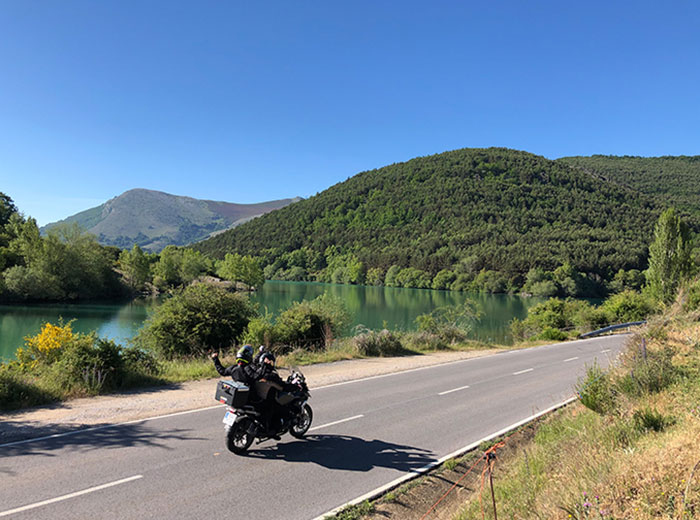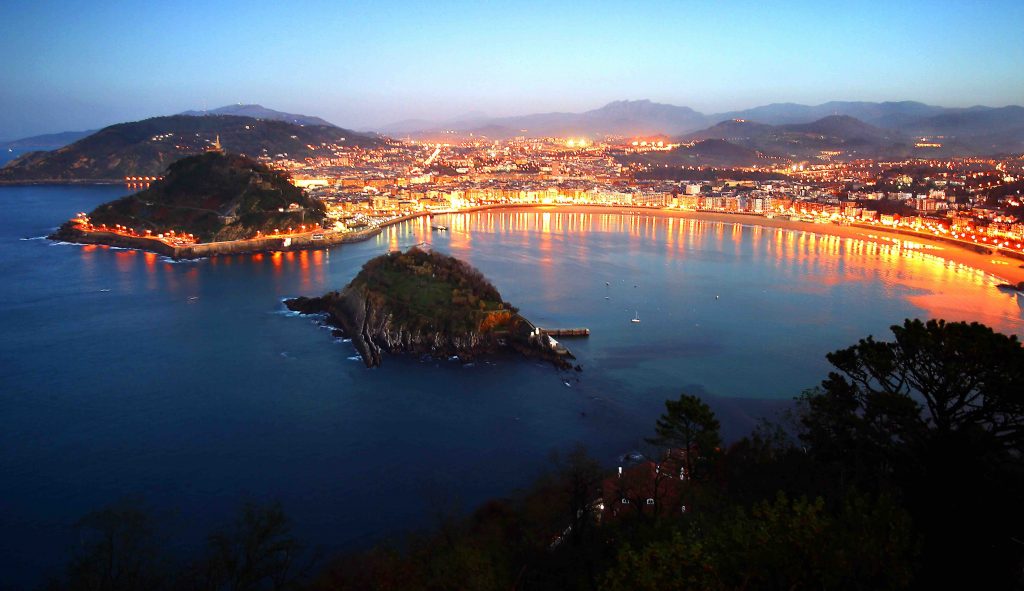Tour.
One week tour.

- Miles: 1438
- Start: Bilbao/Santander
- End: Bilbao/Santander
- Time: 37 hours according to Google Maps. I would suggest one week
- Suitability: adventure or tourer, A2 or above
See the best that Northern Spain and Portugal has to offer. From mountains to coastal routes, this tour has it all.
For me this is a camping trip, however accommodation can be found at many of the places featured here.
This guide can start and end at either Bilbao or Santander to suit ferry crossings, or can start at the Northern most tip of Spain if you fancy the ride through France.
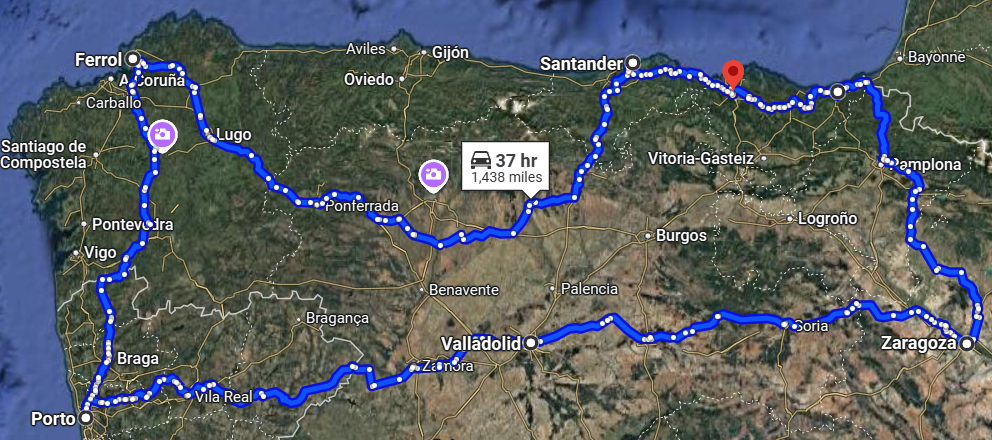
- Bilbao or Santander (Spain)
- Ferrol
- Porto (Portugal)
- Valladolid
- Zargoza
- Donostia-San Sebastian
- Bilbao or Santander
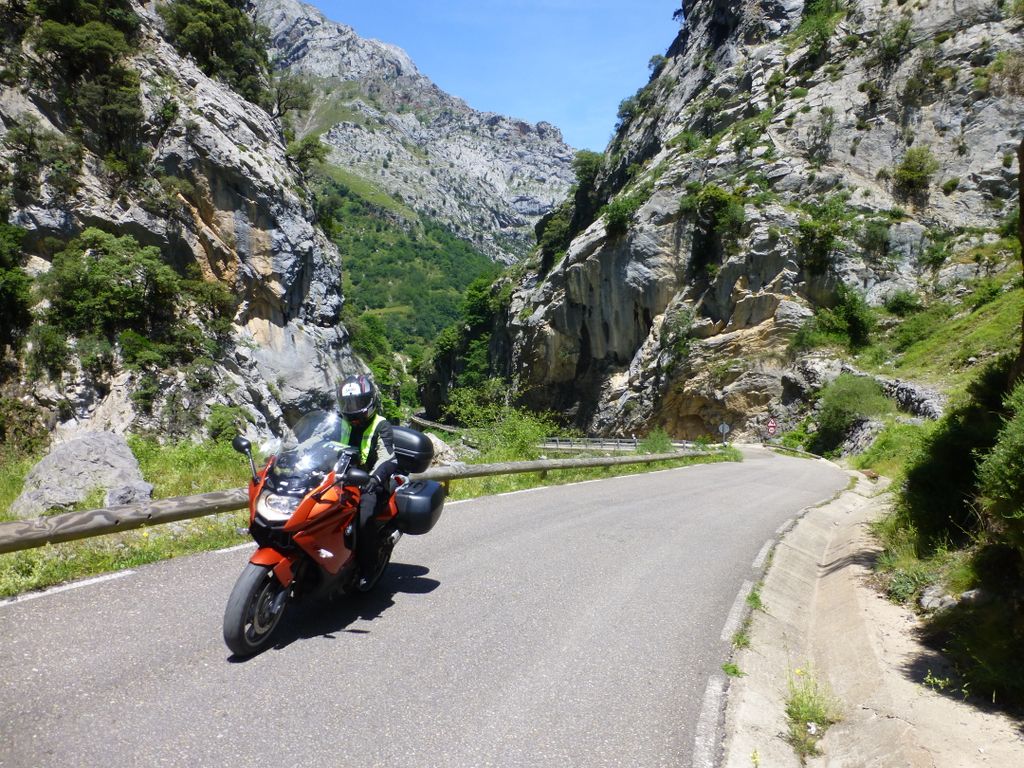
Bilbao is a city in northern Spain, the largest city in the province of Biscay. It is also the largest city proper in northern Spain. Bilbao is also the main urban area in what is defined as the Greater Basque region.
Bilbao is located in the north-central part of Spain, some 10 miles (16 km) south of the Bay of Biscay, where the economic social development is located, where the estuary of Bilbao is formed. Its main urban core is surrounded by two small mountain ranges with an average elevation of 400 metres (1,300 ft).
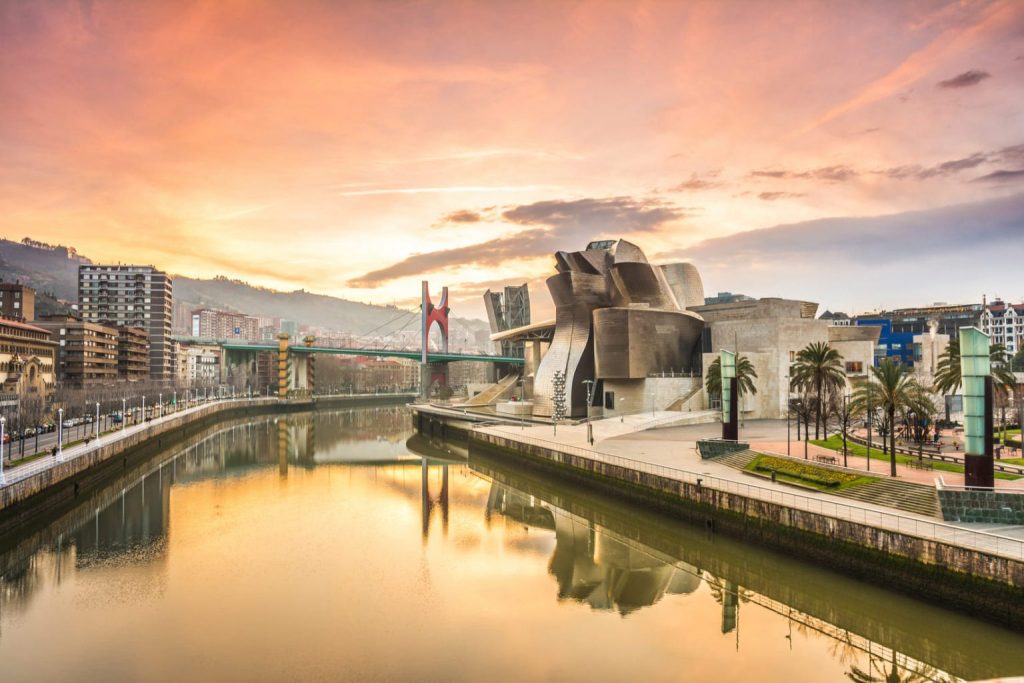
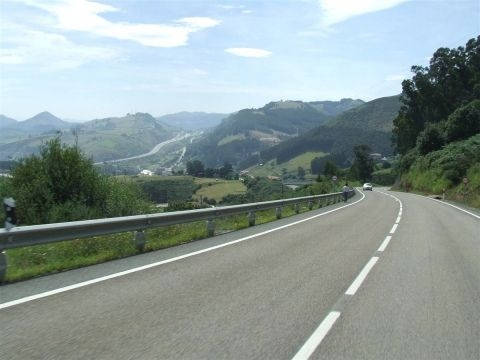
Santander is the capital of the autonomous community of Cantabria, Spain. It is a port city located in the northern coast of the Iberian Peninsula, facing the Cantabrian Sea.
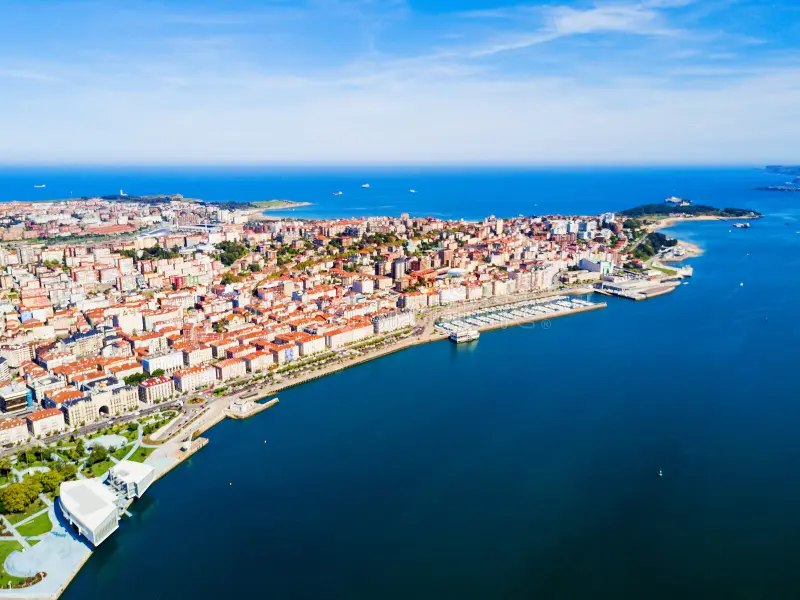
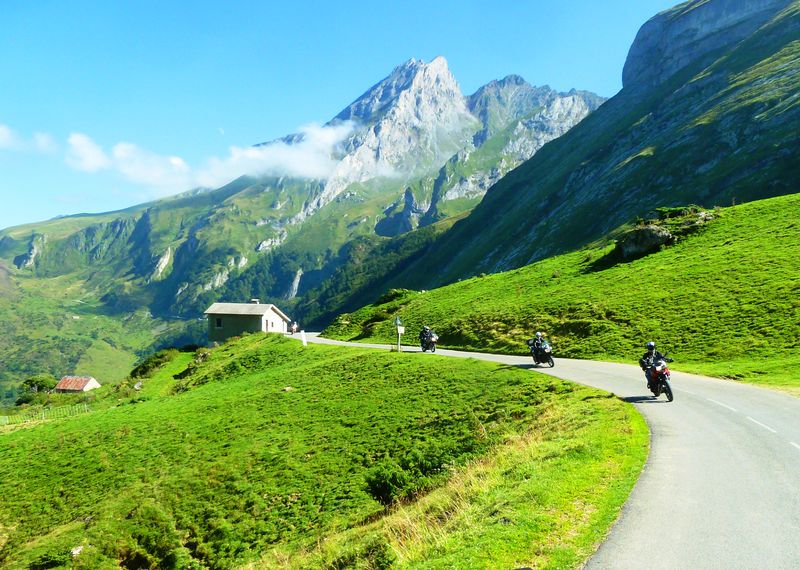
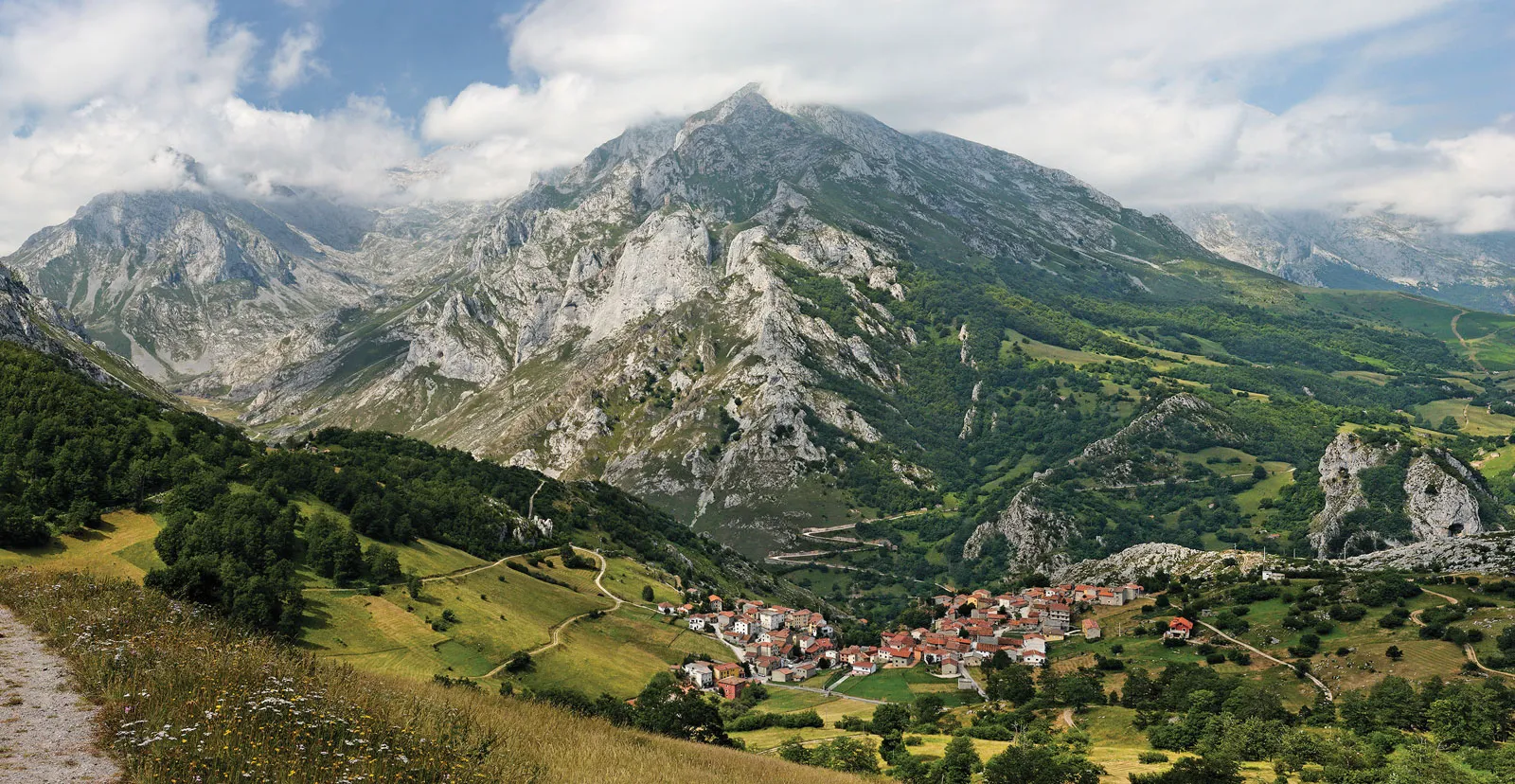
Ferrol is a city in the province of A Coruña in Galicia, Spain, located in the Rías Altas, in the vicinity of Strabo’s Cape Nerium (modern-day Cape Prior).
The harbour, with its depth, capacity and overall safety, has few equals in Europe; its entrance is very narrow, commanded by forts, and may even be shut by a boom.
Ferro has been a major naval shipbuilding centre for most of its history, being the capital of the Spanish Navy’s Maritime Department of the North since the time of the early Bourbons. In the 17th century, Ferrol held the largest arsenal in Europe.
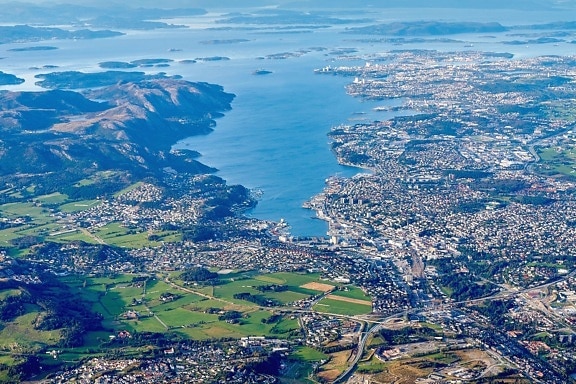
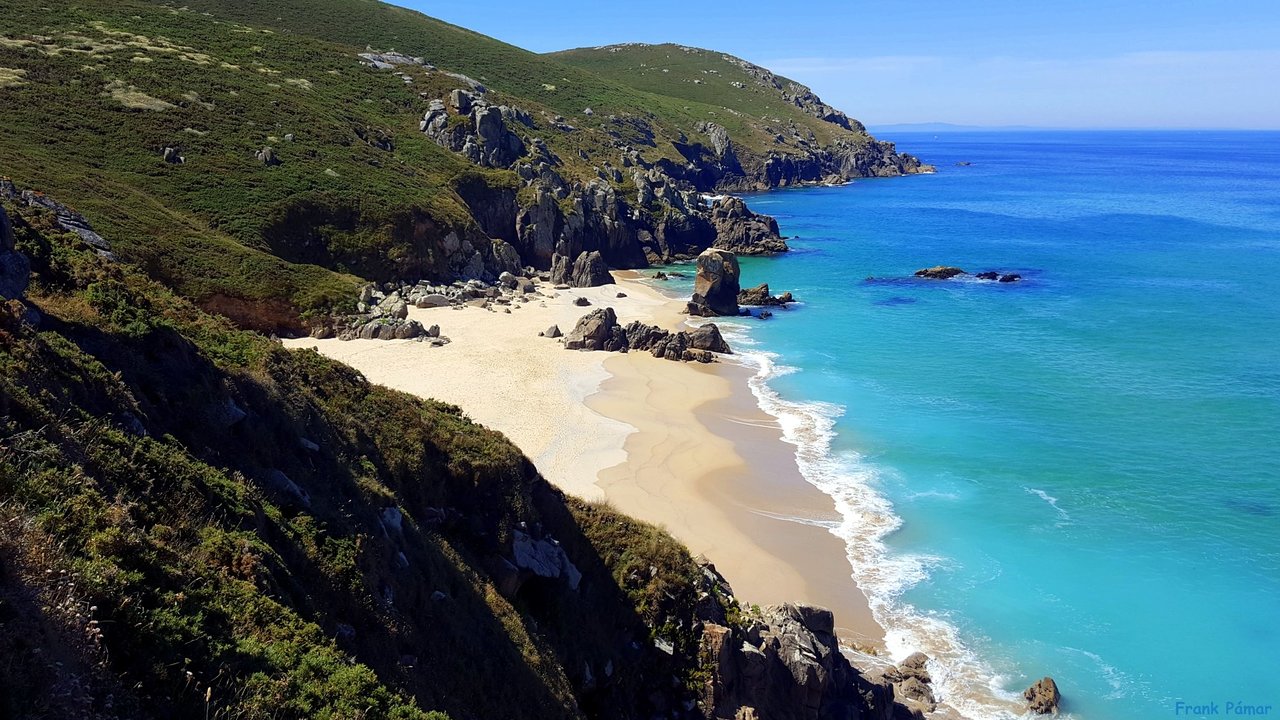
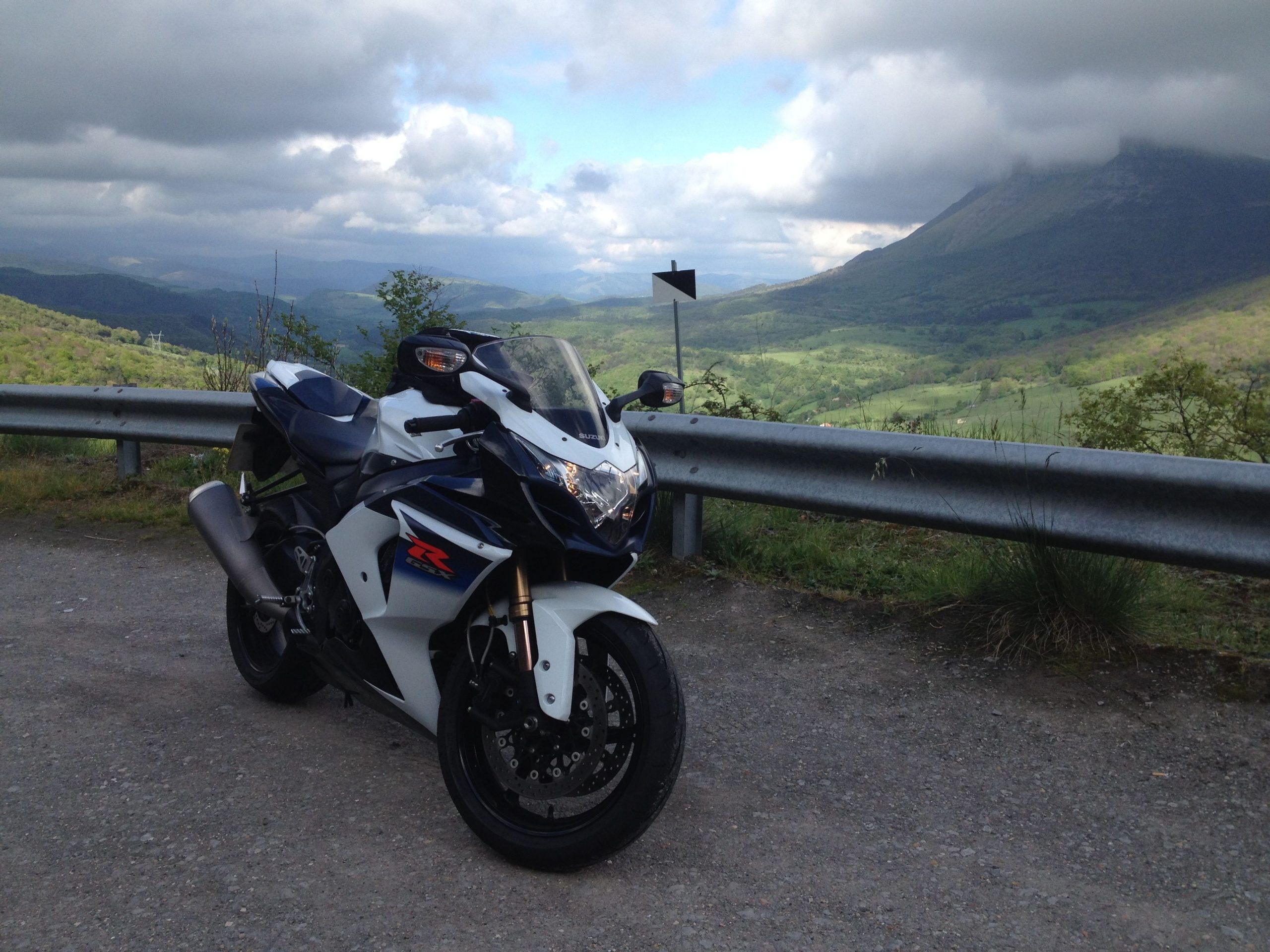
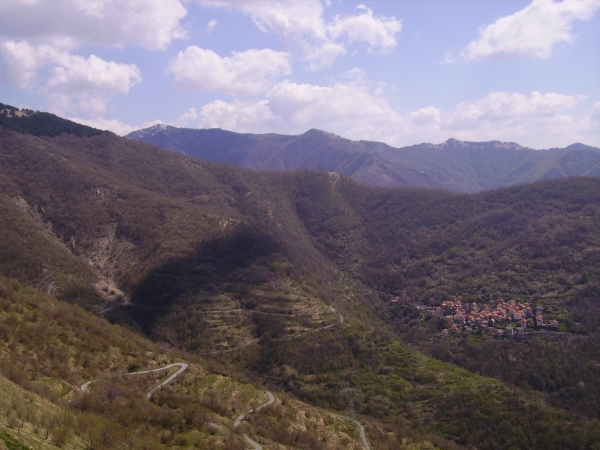
Passing through many Montes and national parks along the way, with the breath-taking scenery you will never be bored.
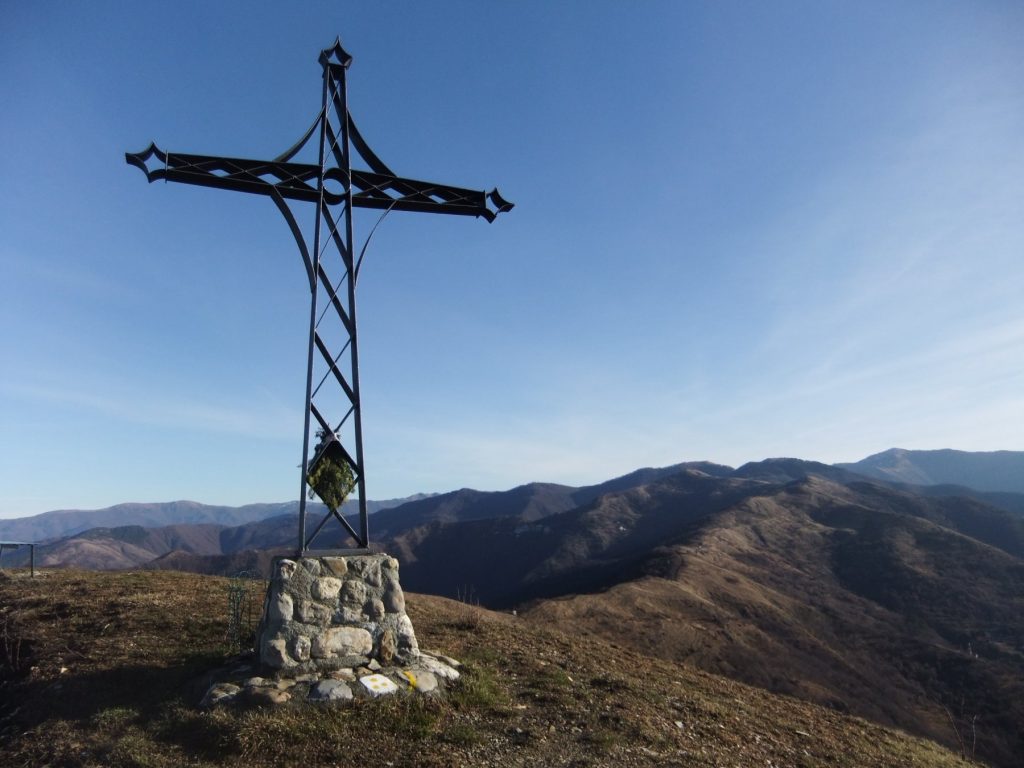
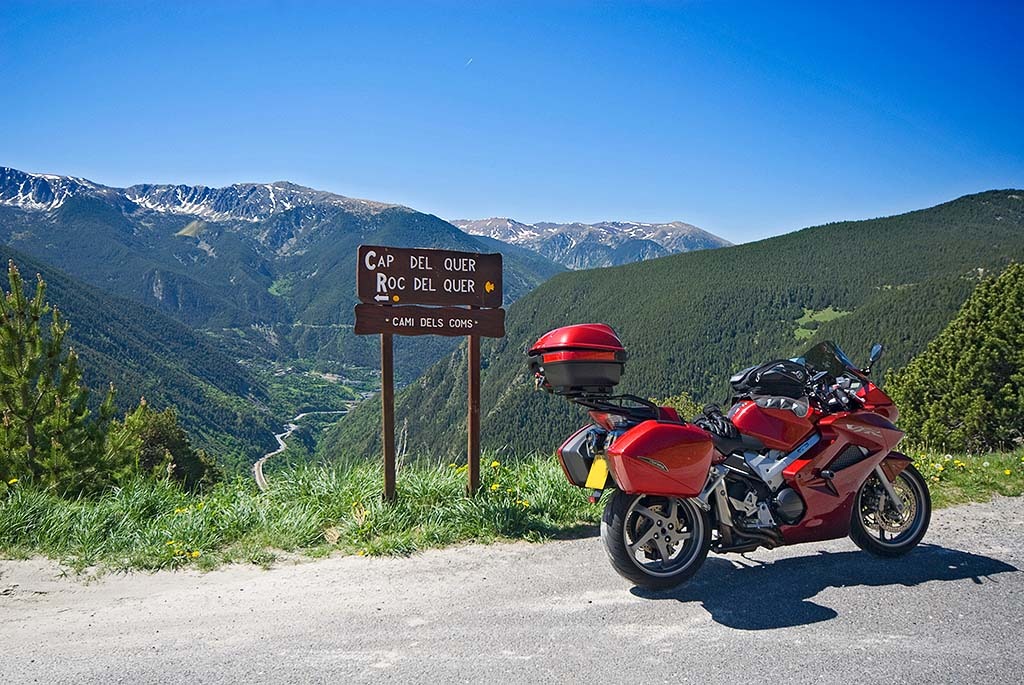
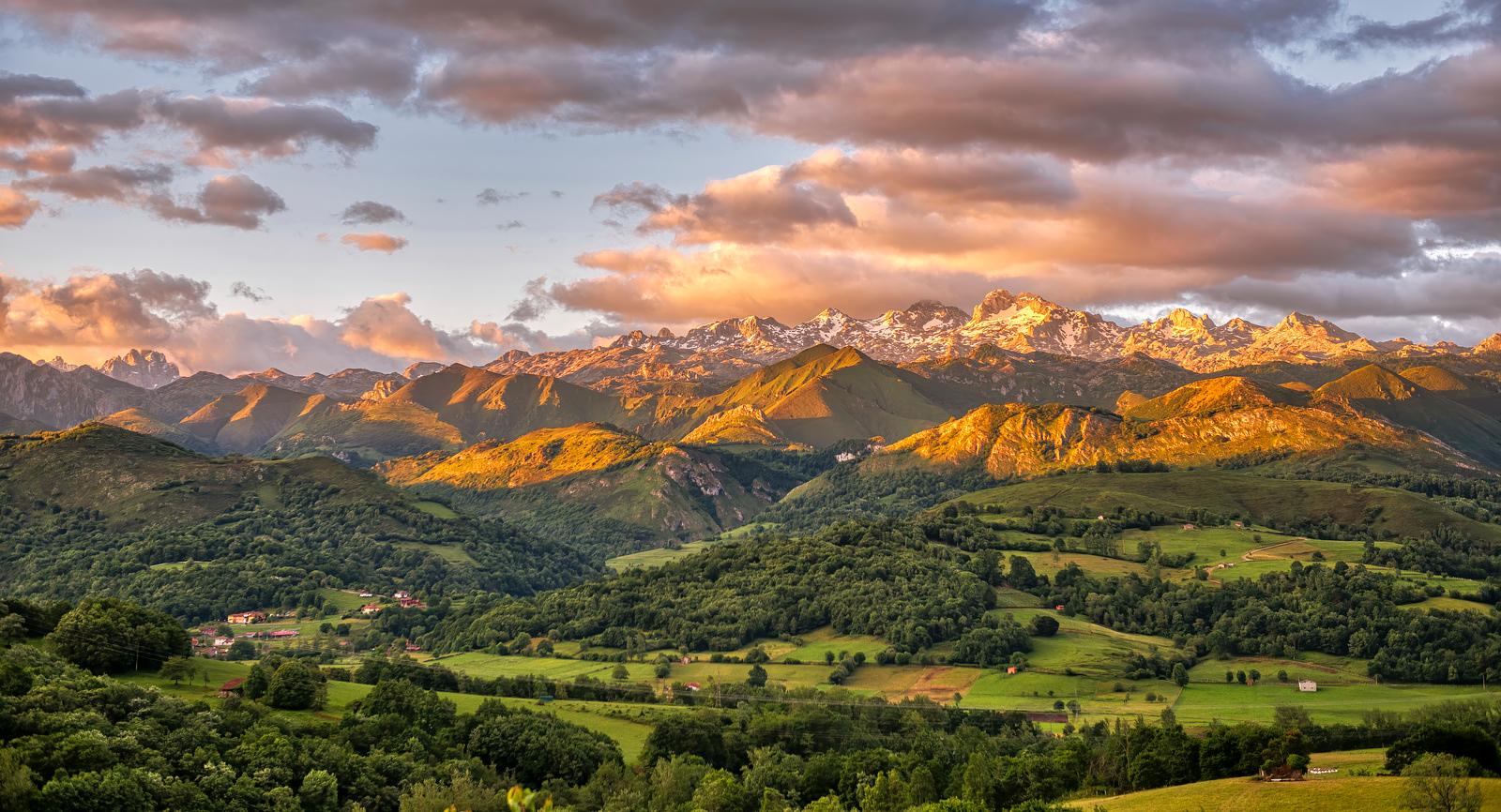
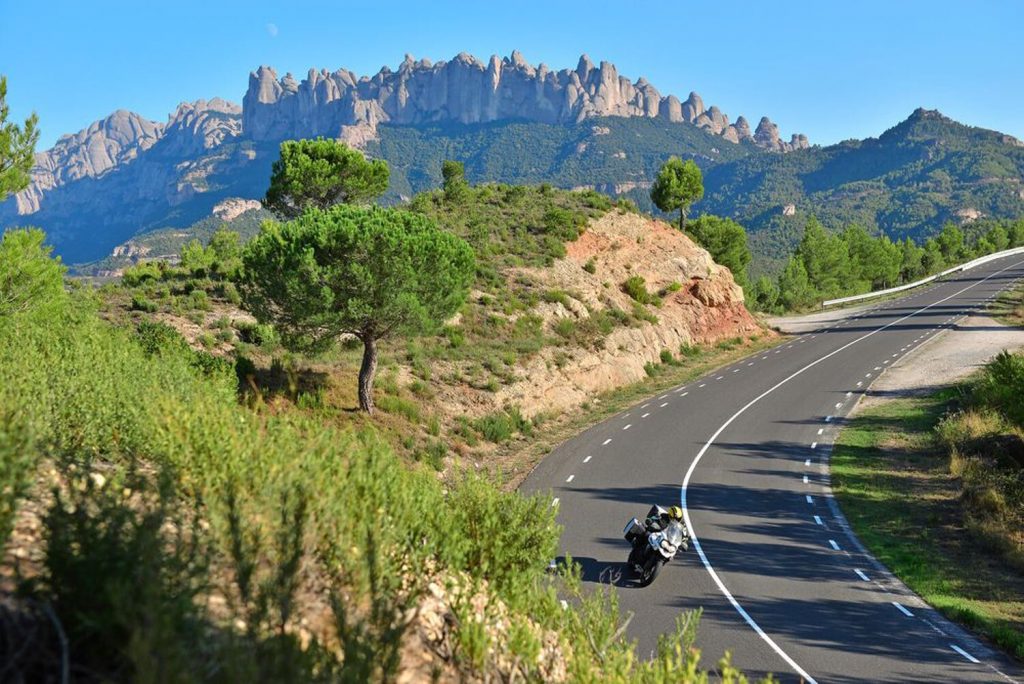
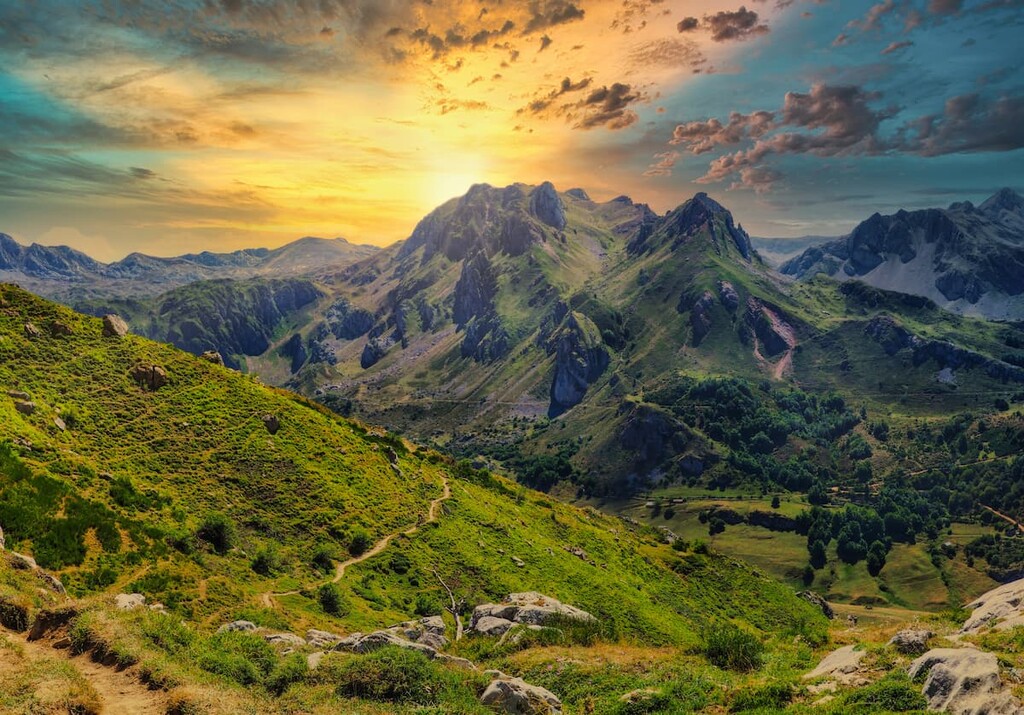
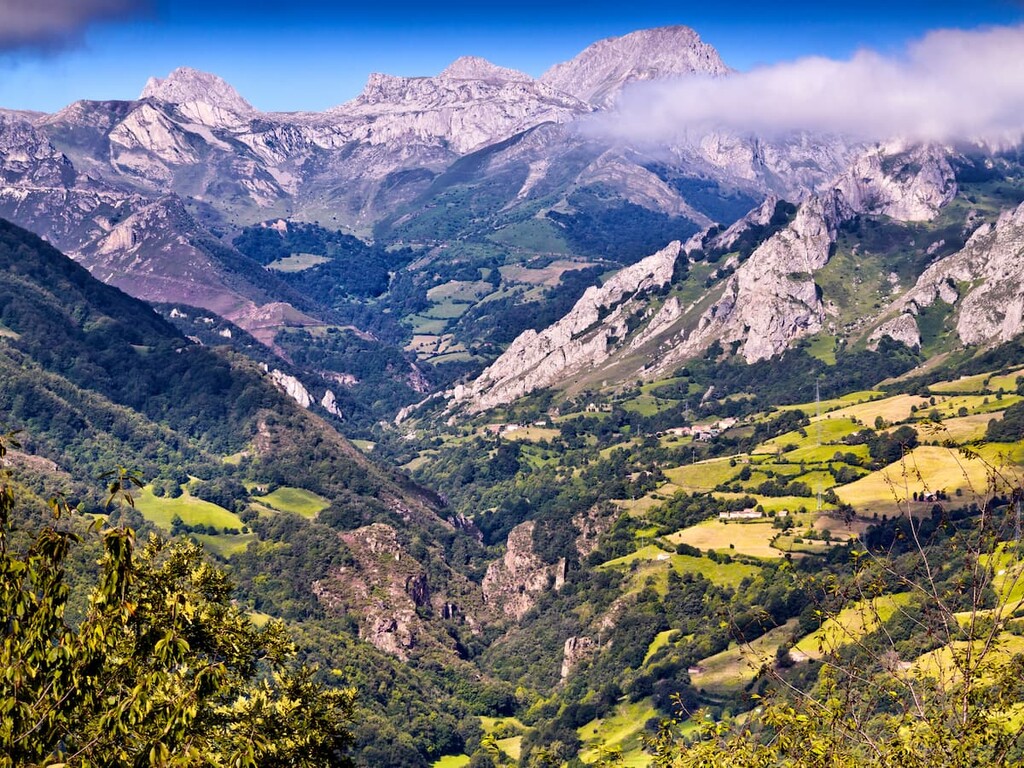
Porto is the second largest city in Portugal, after Lisbon. It is the capital of the Porto District and one of the Iberian Peninsula’s major urban areas. Porto city proper, which is the entire municipality of Porto, is small compared to its metropolitan area.
Located along the Douro River estuary in northern Portugal, Porto is one of the oldest European centres and its core was proclaimed a World Heritage Site by UNESCO in 1996, as the “Historic Centre of Porto, Luiz I Bridge and Monastery of Serra do Pilar”. The historic area is also a National Monument of Portugal. The western part of its urban area extends to the coastline of the Atlantic Ocean. Its settlement dates back to the 2nd century BC when it was an outpost of the Roman Empire.
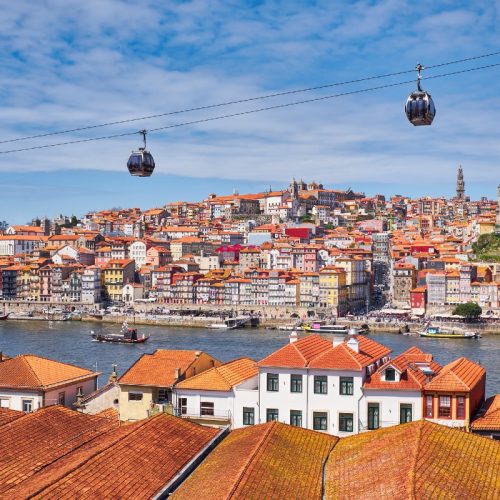
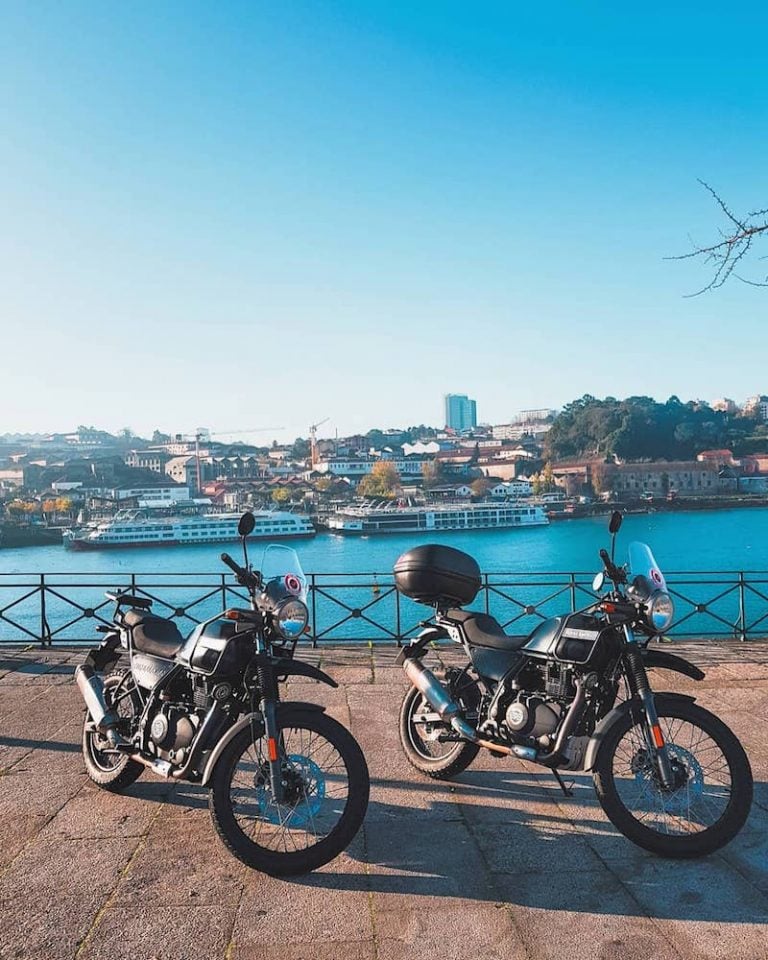
Valladolid is a municipality in Spain and the primary seat of government and de facto capital of the autonomous community of Castile and León. It is also the capital of the province of Valladolid.
The city is located roughly in the centre of the northern half of the Iberian Peninsula’s Meseta Central, at the confluence of the Pisuerga and Esgueva rivers 10 miles before they join the Duero, surrounded by winegrowing areas.
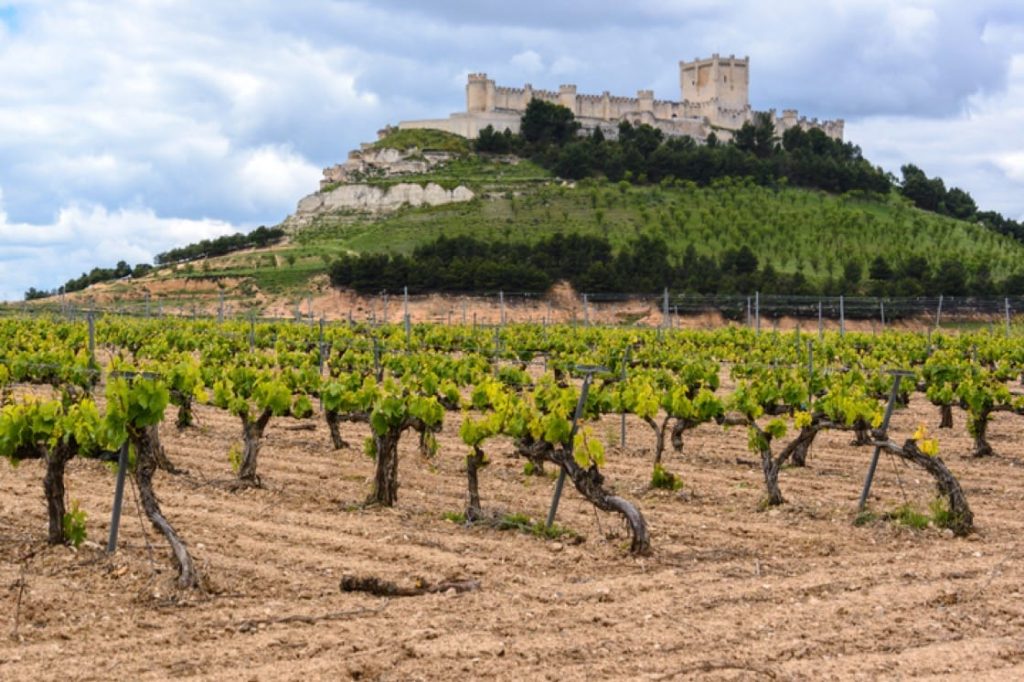
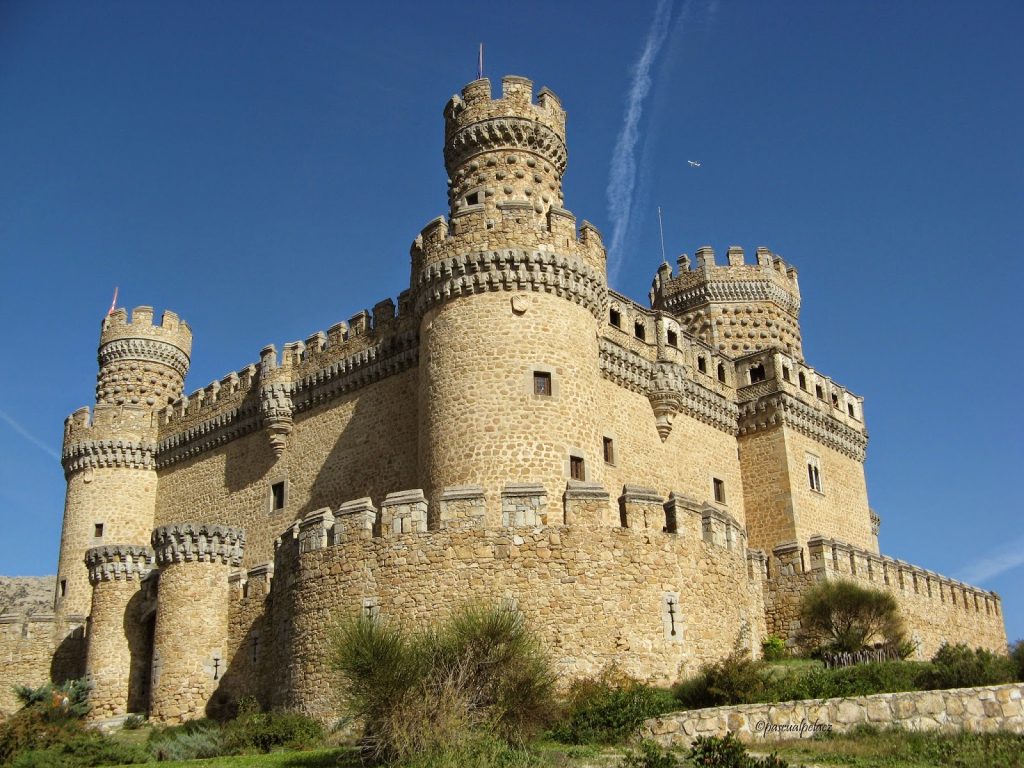
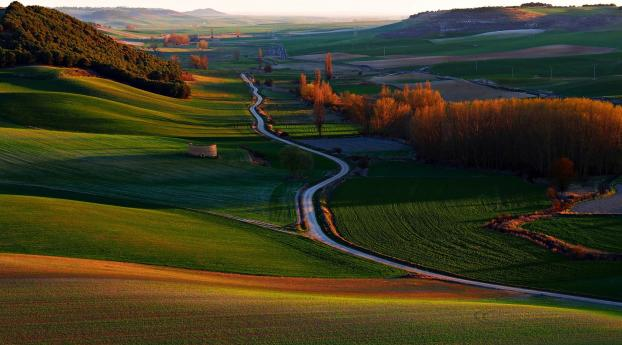
Zargoza is the capital city of the province of Zaragoza and of the autonomous community of Aragon, Spain. It lies by the Ebro river and its tributaries, the Huerva and the Gállego, roughly in the centre of both Aragon and the Ebro basin.
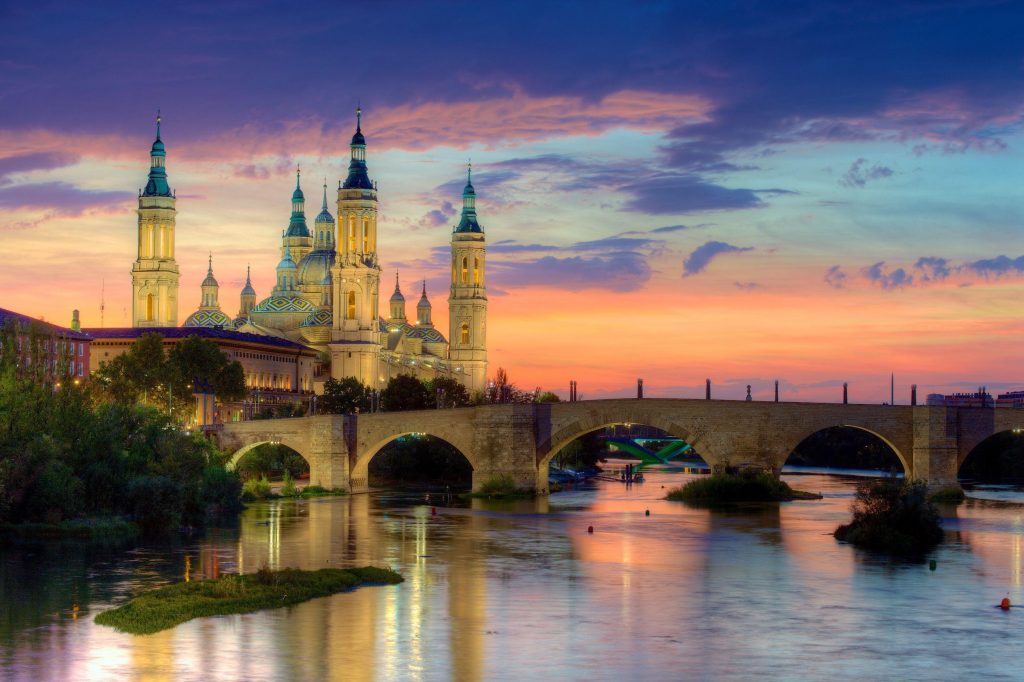
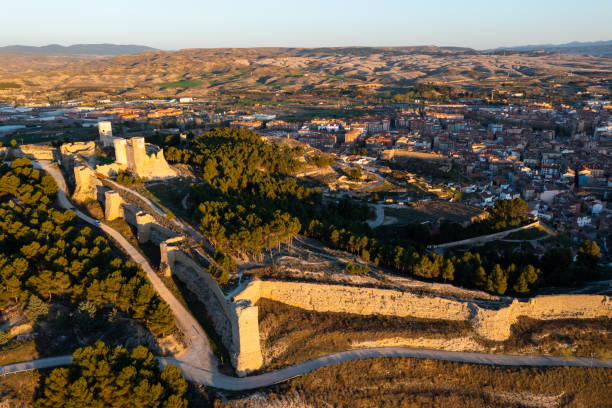
Donostia-San Sebastian is a city and municipality located in the Basque Autonomous Community, Spain. It lies on the coast of the Bay of Biscay, 12 miles (20 km) from the France–Spain border. The capital city of the province of Gipuzkoa
